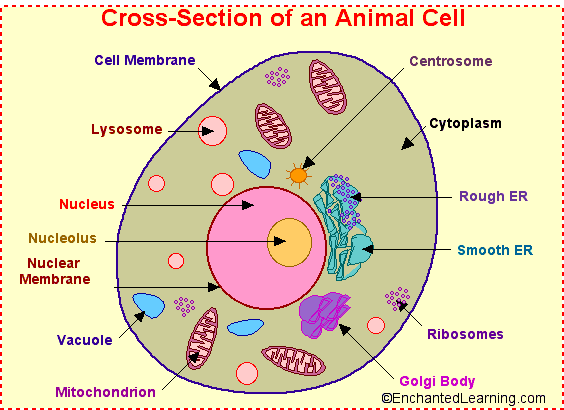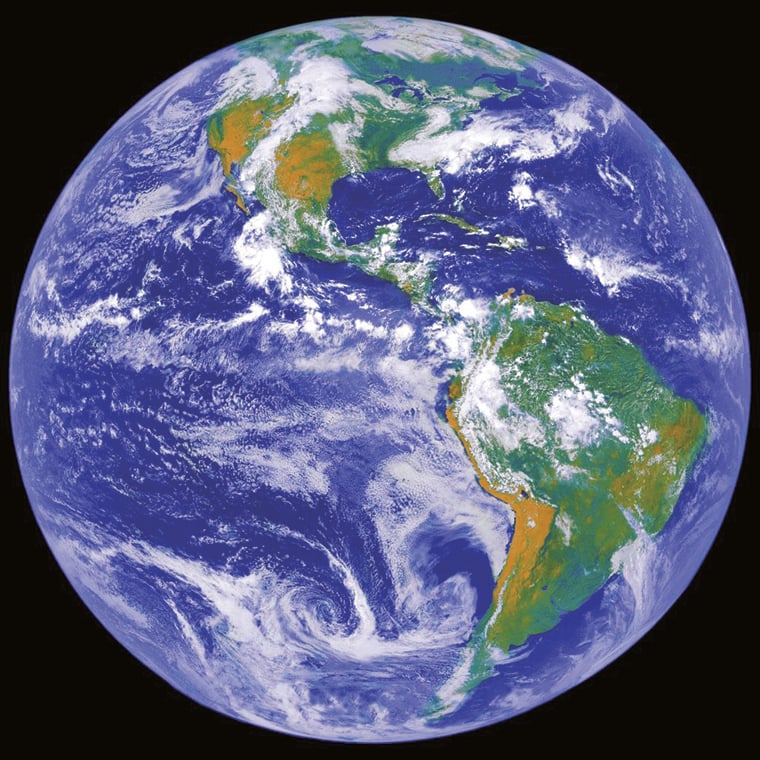Tuesday, May 7, 2013
Hisat' Sinom Where did the Sinagua Go?
Final ethnography project for my anthropology class this semester! :)
Friday, May 3, 2013
Graduating!
I still have a couple more projects to finalize, but I'll be graduating in just 8 days! The following week Adam graduates from Kindergarten. Looking forward to a fun, active, and education summer break, and lots of posts about our adventures!
Sonoran Pronghorn
Sonoran Pronghorn
Antilocarpra americana sonoriensis
Antilocarpra americana sonoriensis
Information Sources:
Pronghorn. National Wildlife Federation. http://www.nwf.org/wildlife/wildlife-library/mammals/pronghorn.aspx. Accessed 2 May, 2013.
Fact Sheet: Sonoran Pronghorn. Defenders of Wildlife. http://www.defenders.org/sonoran-pronghorn/basic-facts. Accessed 2 May, 2013.
Sonoran Pronghorn Antelope. Pima County website. http://www.pima.gov/cmo/sdcp/species/fsheets/sp.html. Accessed 2 May, 2013.
Sonoran Pronghorn Antelope. Pima County website. http://www.pima.gov/cmo/sdcp/species/fsheets/sp.html. Accessed 2 May, 2013.
Thursday, May 2, 2013
Unit Paper 4- Human Impacts on the Earth
The Unit Paper 4- Human Impacts on the Earth
Humans do not exist in a vacuum. This semester my biology 156 class has focused on the basics of the human system and how it functions. However, we are part of a much larger system within which we function, as do countless other animals and plants. The final unit paper for my 156 class asks that I consider what my world view philosophy is. This is very much along the lines of the 105 class I have also been taking this semester!
There are many causes of the environmental problems that we see today.
1. Population Growth
 One of the biggest concerns is population growth. If human populations continue to grow and do not level off we will end up with a population larger than can be sustained by the resources available to us. This is a natural occurrence and happens in other animal and plant populations, but could be much more devastating in the human case. Humans have the ability to monopolize resources and prevent others living things from having access to them in a way that most others do not. This type of behavior would drastically reduce both biodiversity and population densities of other living things, and could spell disaster for many other Earth dwellers besides humans as well.
One of the biggest concerns is population growth. If human populations continue to grow and do not level off we will end up with a population larger than can be sustained by the resources available to us. This is a natural occurrence and happens in other animal and plant populations, but could be much more devastating in the human case. Humans have the ability to monopolize resources and prevent others living things from having access to them in a way that most others do not. This type of behavior would drastically reduce both biodiversity and population densities of other living things, and could spell disaster for many other Earth dwellers besides humans as well. 2. Resource Waste
Another major problem is resource management. There are gross amounts of waste created by humans. Not all of this is municipal waste that we tend to focus on. In fact, most waste is industrial waste, and much of it could be reduced for greater efficiency, more sustainability, and lower cost energy and goods. Current practices generate so much waste of energy and thus resources that well over half of the materials used in most production end up as waste. This connects to the most raw elements included in industry. If you consider the mining that is used to gather mineral resources etc, it's easy to see how this happens. The primary focus here needs to be on decreasing industrial production waste and increasing efficiency. One way that most people can address this though is through a program of recycling. The term recycling has come to be a blanket term that people use for the reuse of any previously used item. Actual recycling is the re-manufacture of resources into new products. While recycling is good, and does help, the more ideal is reusing. Reusing is often thought of as part of recycling, but it is separate, and is strictly the re-purposing of items for secondary use.
3. Pollution
Pollution is one of the major problems that is causing some of the fastest changes in the world right now. The good news about it is that since we have become more aware of the impacts that it can have we have been doing a lot to try and change the amount of impact that this is has on the Earth. Pollution can be as complex as the industrial wastes that are generated through the production process, or as simple as littering. There needs to be a greater endeavor to make sure that what we are putting back into the environment is as clean as possible. One of the challenges to this is that some countries are much more proactive about this than others. Having clean waste coming out of factories can be very expensive to accomplish. This drives businesses to move production to other countries where regulations are more lax. This pollutes a different community in the short term, and simply means that world wide effects will stem from a different source. People have adopted the NIMBY principle, and feel like as long as it is "not in my backyard" it is okay, but there is a growing movement that support NIABY instead "not in anyone's backyard."
4. Education

Many people are simply unaware of the impact that they are having on the world. Many adopt an attitude that since they are one person, their impact is so small that it doesn't really matter one way or another. But when everyone thinks in this manner, the results can be catastrophic. Educating young people about how they can make a difference ensures that the next generation can take a more proactive role. But it is important to make sure that we educate adults as well. Everyone needs to be aware of the effects that we have on the Earth, and the different things that we can do to address them.
 |
| Muir Woods,12-1012, G. Whittaker |
Wednesday, May 1, 2013
Cell Study Plan for Kids
I am blogging this info because I'm planning to work on some of these with my kids, specifically the oldest during the summer, and if I post them here A. I will be able to find all the resources again when I am ready, and B.They are all here for other people to use as well.
It started because I posted to Facebook about the science songs blog post I made a few days ago. A friend recommended a Jello cell model project, so of course I had to google it!
The Jello cell takes this basic cell model

and uses food items as analog for the different organells.
This way the cell is large enough to investigate, dissect, and eat! Food learning is always a win with kids, and it makes this project something that can be fun in different ways for various levels of learners.
I managed to find a whole lesson plan that includes this and is accessible to anyone here.
Included are the directions for the Jello cell, also found here, which ends up approximating the cell model above in this way:

And other activities including some conceptual worksheets and the lyrics to a cell rap that I was able to locate on YouTube
I'm really looking forward to being done with all of my school work this week so I have a chance to read through it all better and start planning this for after my kids get out of school in a couple weeks!
It started because I posted to Facebook about the science songs blog post I made a few days ago. A friend recommended a Jello cell model project, so of course I had to google it!
The Jello cell takes this basic cell model
and uses food items as analog for the different organells.
This way the cell is large enough to investigate, dissect, and eat! Food learning is always a win with kids, and it makes this project something that can be fun in different ways for various levels of learners.
I managed to find a whole lesson plan that includes this and is accessible to anyone here.
Included are the directions for the Jello cell, also found here, which ends up approximating the cell model above in this way:
And other activities including some conceptual worksheets and the lyrics to a cell rap that I was able to locate on YouTube
I'm really looking forward to being done with all of my school work this week so I have a chance to read through it all better and start planning this for after my kids get out of school in a couple weeks!
Subscribe to:
Comments (Atom)




